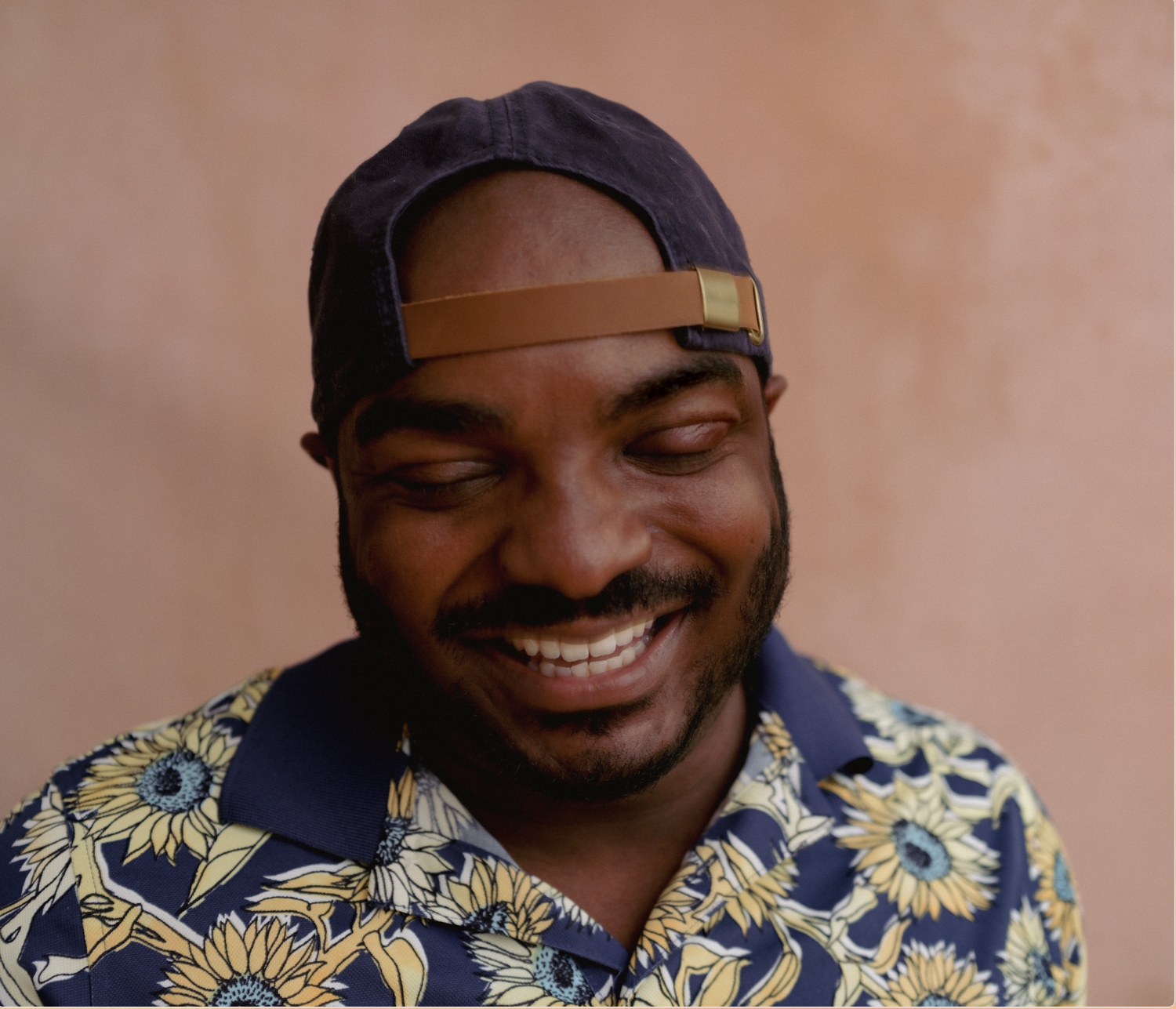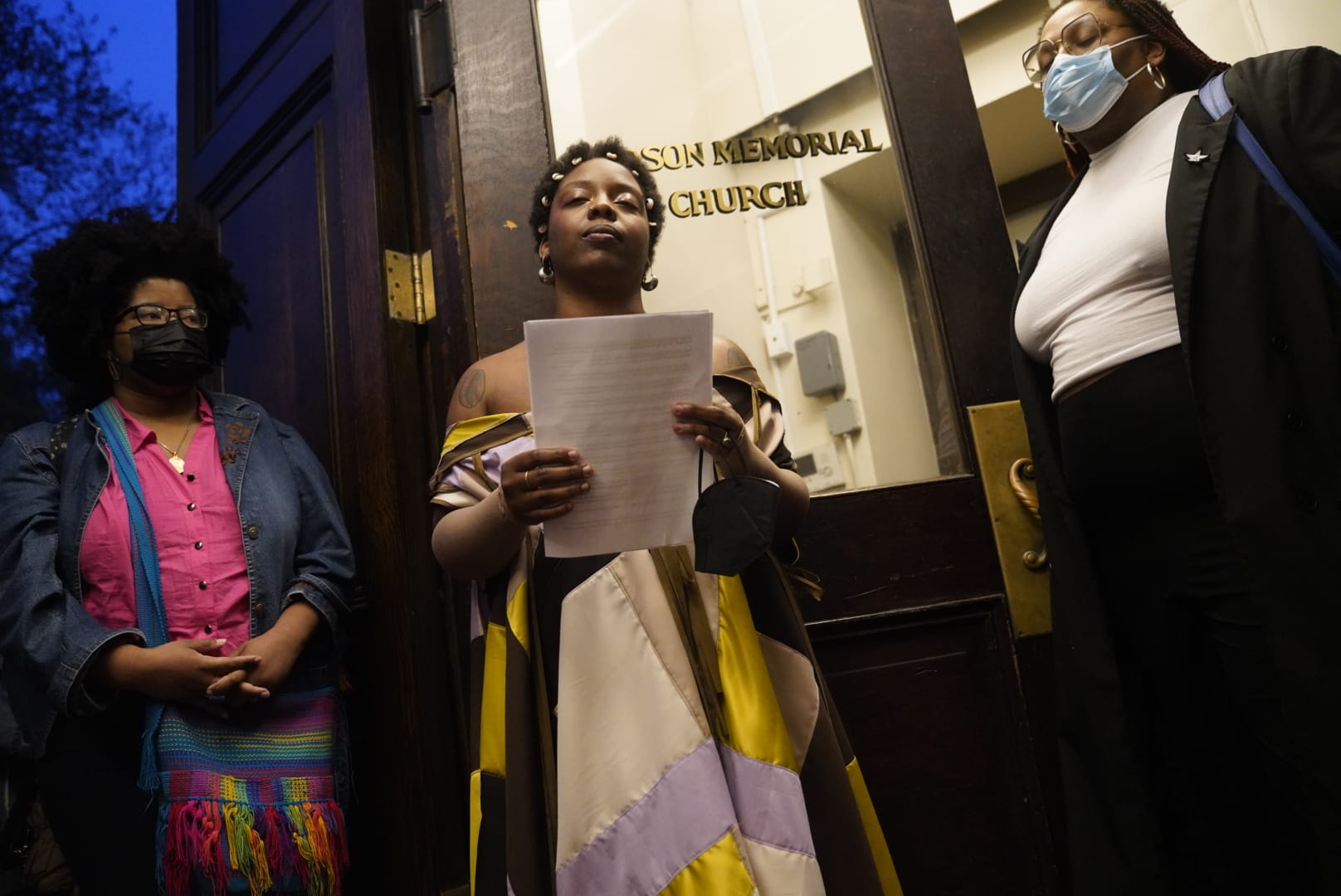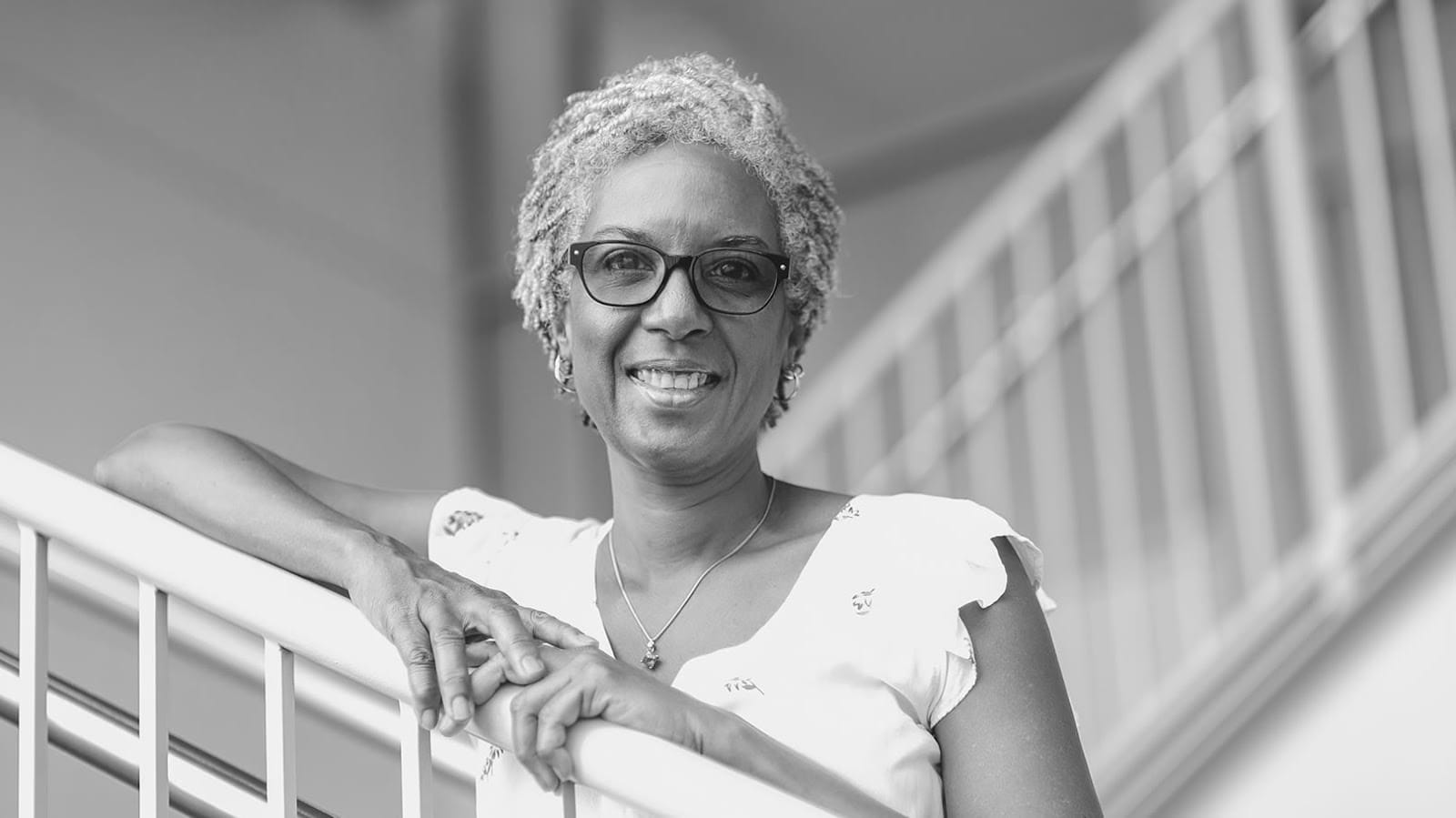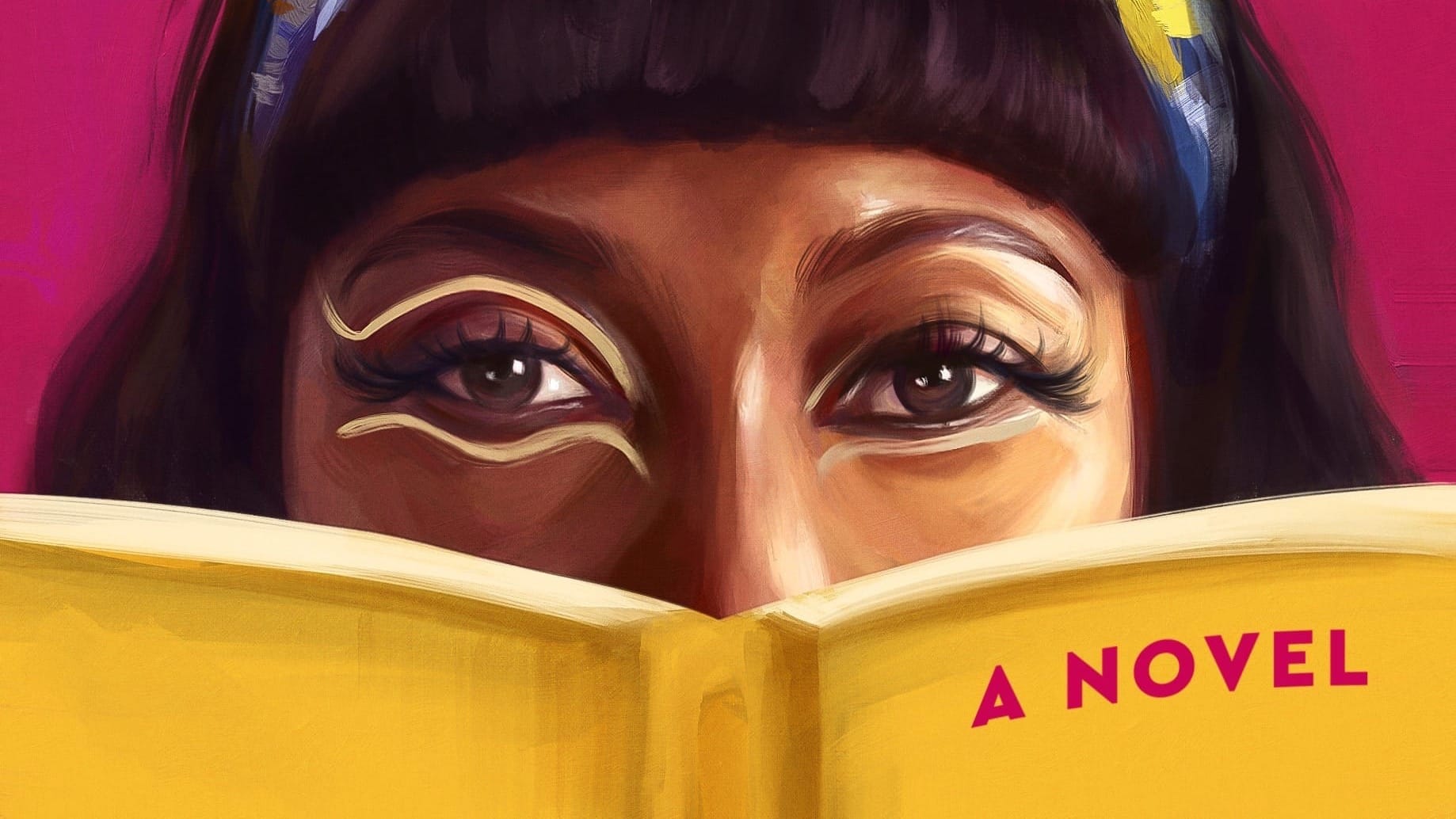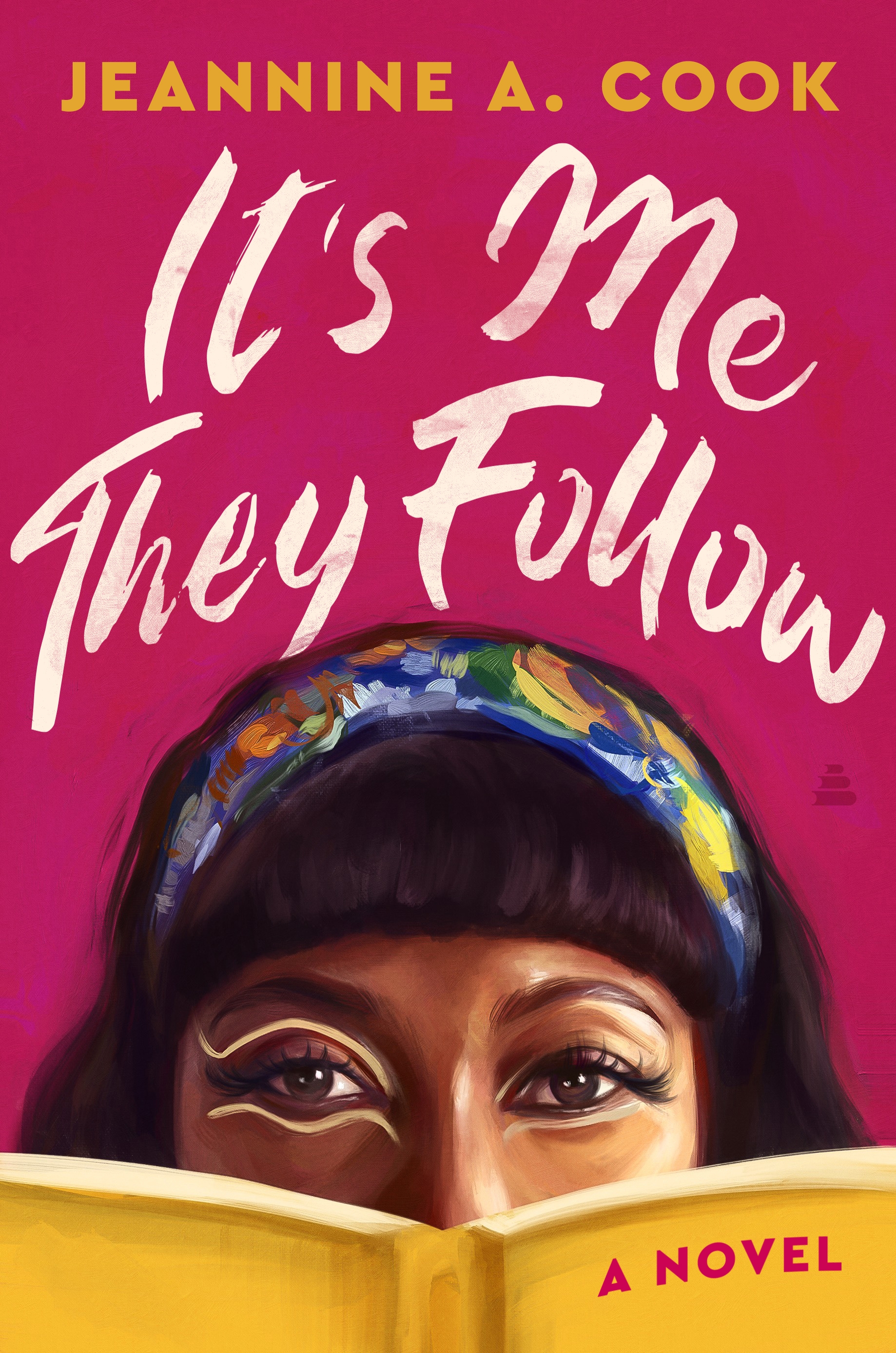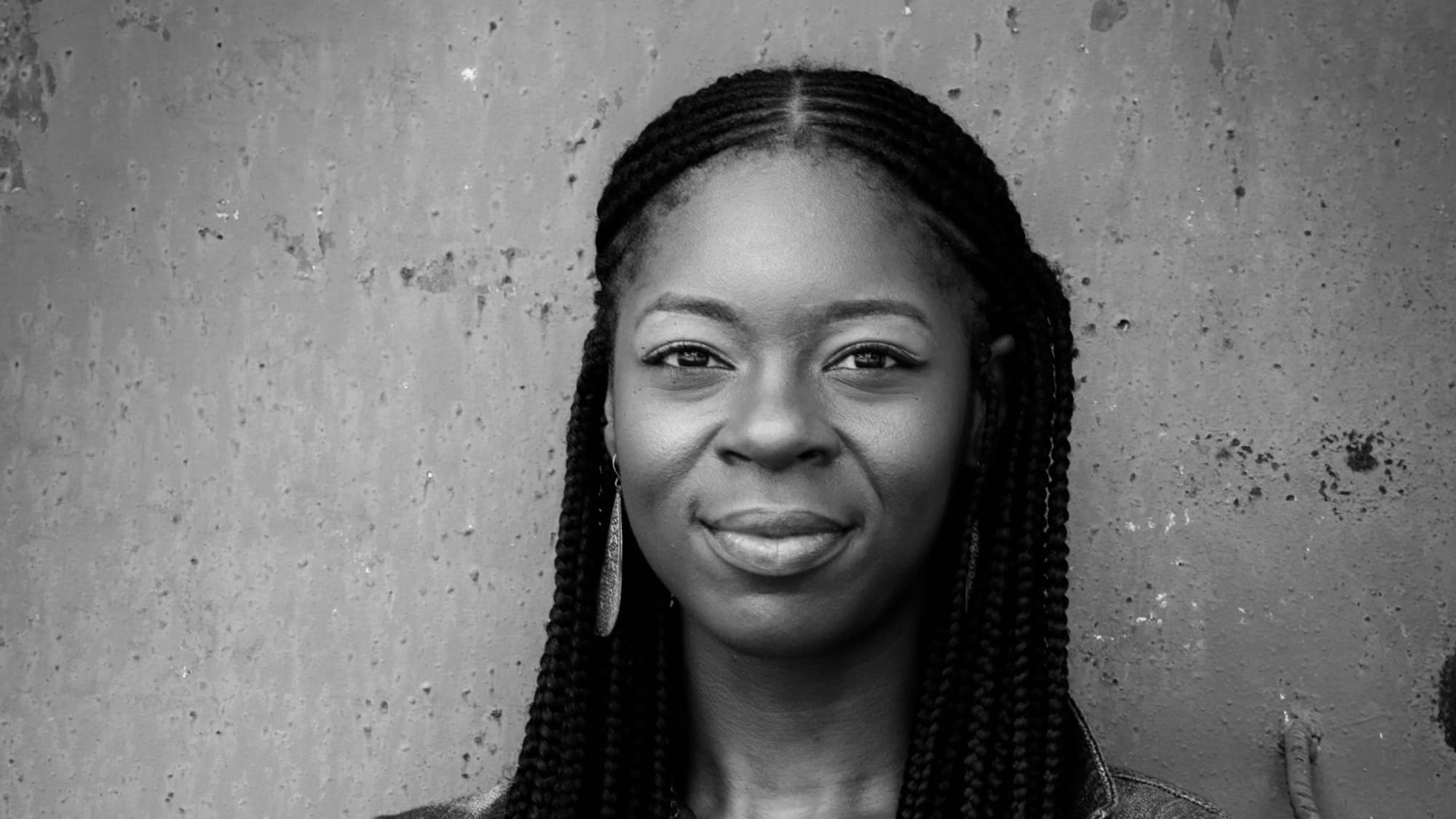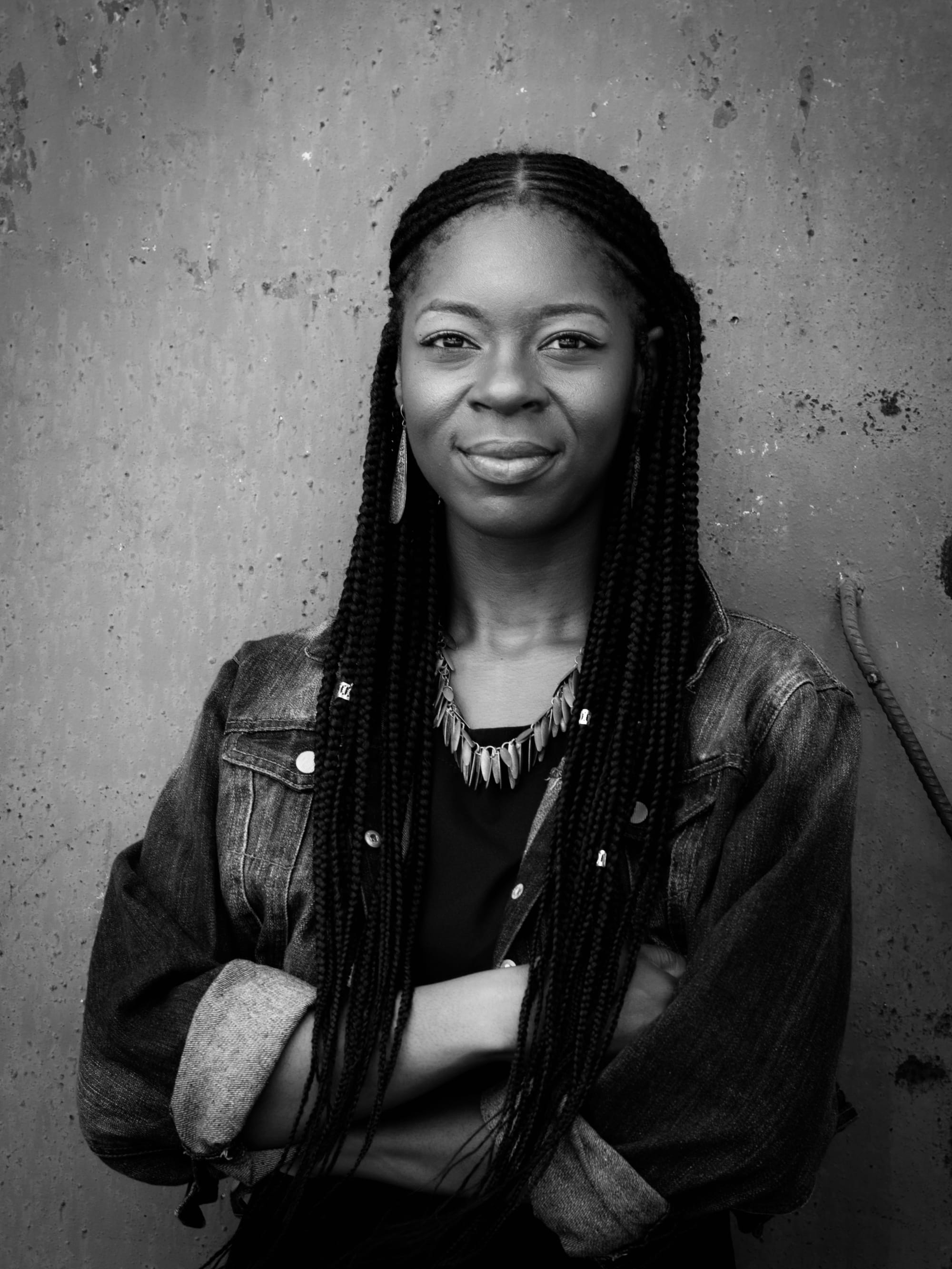Emilio Maldonado: The Seeker’s Craft
Emilio Maldonado doesn’t call himself an artist—he is a seeker.
Emilio Maldonado doesn’t call himself an artist—he is a seeker. His work challenges perceptions of sculpture, transforming everyday objects—crutches, chairs, and discarded scraps—into statements, questions, and provocations. His approach reveals the deep meaning held within materials, unlocking narratives that might otherwise go unnoticed.
Emilio began his artistic practice by painting, using color and form to explore similar themes of identity, history, and transformation. His paintings, much like his sculptures, engage in a dialogue with the world, often layering abstract elements with figurative storytelling to evoke deeper contemplation. Through these various mediums, he navigates the intersections of art, culture, and personal history, offering reflections that encourage viewers to engage in their own self-inquiry.
Emilio unpacks his thought process with a level of intentionality that mirrors the way he constructs his pieces. “The way that I make art is very meditated,” he explains. “Usually, I'm thinking about something going on in life—present or conflicted thoughts—and I try to answer it not just through the final piece but through the making of the work.” This introspective approach allows his creations to function as both artistic expressions and philosophical explorations, opening spaces for contemplation and dialogue.
This philosophy of making—of treating the process itself as a form of inquiry—feels especially present in one of his standout pieces: a series of reconstructed crutches turned into rifles. The image is stark, unsettling even. Crutches, tools meant to aid recovery and support, twisted into weapons—symbols of harm, of defense, of power.
When asked about material selection, Emilio provides a layered response. “Sometimes the material itself describes the concept best, and sometimes it’s about the relationship to the material. There’s a layer of play—I always liked deconstructing things as a kid. Growing up in the Dominican Republic, scarcity was prevalent. If you had a broken chair, you fixed it. You didn’t throw it away.” This sense of resourcefulness informs his artistic practice, where discarded and overlooked objects are reimagined with new significance, proving that meaning can be reconstructed just as materials can.
That experience of making do, of finding value in the discarded, is central to Emilio’s practice. But beyond the materiality, there’s a deeper interrogation of the world we live in. “With the crutches, it’s about reliance—like the Second Amendment, justifying dynamics we’re seeing. Owning a gun doesn’t make you safer. There’s a conflict in thinking that arming yourself is the answer. It’s crippling emotionally, economically, militaristically.” His work raises critical questions about the systems people rely on, challenging conventional wisdom about safety, security, and societal structures.
Emilio’s work exists in conversation with the world, history, and surrounding communities. This engagement ultimately brought him to Philadelphia and, eventually, to his work at Mural Arts. “I arrived with family; my then-wife got a job here,” he says. “Initially, I moved to be closer to New York without its expense. Creating community is difficult at first. I co-created an art critique group sharing resources and creating dialogue.” This intentional community-building reflects his belief in the importance of artistic discourse as a catalyst for meaningful change.
His own journey, he found himself at the intersection of multiple identities. As an Afro-Caribbean artist in a largely Black American art scene, he navigates questions of race and cultural context with both clarity and openness. “Here in the U.S., there’s blackface, a terrible history. But in the Caribbean, painting your skin black during Carnival challenged authority and celebrated Blackness. My first instinct isn’t shame but pride. The difference is the social context.”
This nuanced perspective informs not only his artwork but his approach to engaging with audiences. Emilio doesn’t aim to shift viewpoints—only to share his own. In doing so, he offers an opportunity for connection and deeper understanding. “My experiences with Black Americans taught me about privilege and limitations,” he reflects. “An example is taking my sons to a barbershop in Savannah, Georgia, realizing racial barriers here that didn’t exist in my country.
Experiencing America, especially around 2020, I began reflecting deeply on responsibility and privilege within these dynamics.”
For Emilio, art isn’t just about creation—it’s about communion. “Art is how I commune with the divine—it's serious. I use art to confront fear and vulnerability. It must deserve to exist beyond personal interest, reaching something deeper.”
His body of work is a testament to that commitment, whether through sculpture, painting, or community-driven initiatives. Each piece is an extension of his ongoing pursuit of understanding, an artifact of the questions he is constantly asking. By engaging with history, material culture, and social constructs, he not only reimagines objects but invites viewers to reconsider their own perspectives.
And maybe that’s what makes his work resonate so deeply. It isn’t just about him. It’s about all of us—about the things we carry, the histories we inherit, and the questions that should be asked.
His art serves as a bridge, connecting personal narrative with collective experience, offering insight while encouraging reflection.
Ultimately, as Emilio puts it, “We’re all seekers, trying to express something profound.” And through his art, he invites others to seek alongside him. His work is not just to be seen but to be experienced, to be questioned, and to be felt in ways that extend beyond the canvas and the gallery. It is an exploration of what it means to create, to search, and to make meaning in a world that is constantly shifting.
